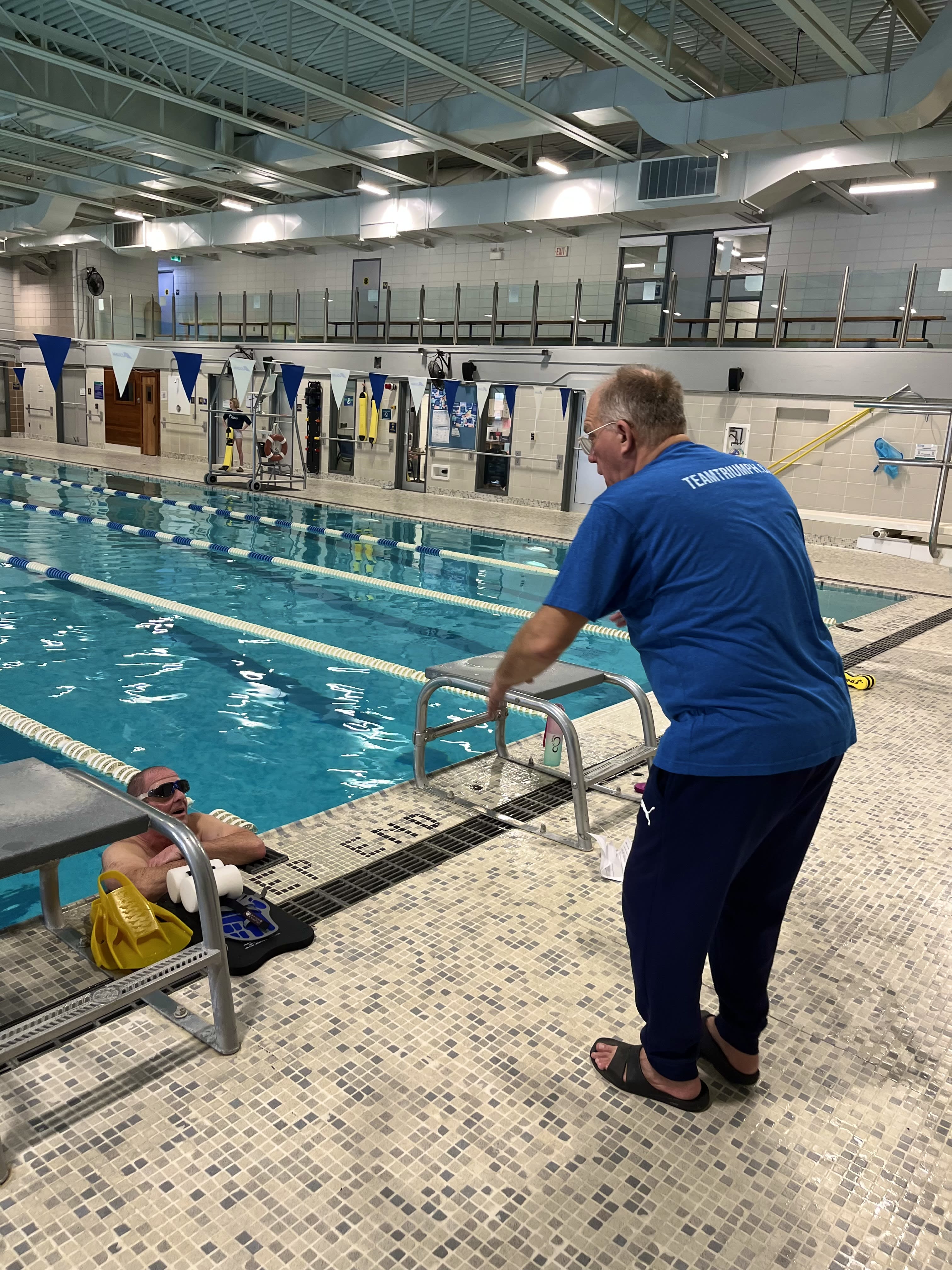
In triathlon training, understanding and optimizing recovery is as crucial as the training itself. For athletes, whether new or seasoned, the key to achieving peak performance lies in the delicate balance between hard training and adequate recovery. This is where metrics like Heart Rate Variability (HRV) and Training Stress Score (TSS) come into play, providing a scientific approach to tailor your training and recovery. Moreover, understanding the role of the sympathetic nervous system in training can help athletes make more informed decisions about their workouts.
Heart Rate Variability (HRV) is a measure of the variation in time between each heartbeat. This variation is controlled by the autonomic nervous system (ANS), which comprises the sympathetic (fight or flight) and parasympathetic (rest and digest) nervous systems. HRV is a non-invasive way to gauge your body's readiness to perform and its ability to recover.
Assessing Recovery: A higher HRV indicates a relaxed, recovered state and is generally associated with better cardiovascular fitness. A lower HRV can signal fatigue, stress, or overtraining.
Customizing Training: By monitoring HRV, athletes can adjust their training intensity and volume. If HRV is low, it might be a day to focus on recovery or lighter training.
Training Stress Score (TSS) is a metric used to quantify the overall stress of a workout based on intensity and duration. It helps in understanding how much training load an athlete is under.
Measuring Workout Impact: TSS helps athletes gauge how hard a workout was and how much recovery might be needed.
Planning Training Load: Over time, monitoring TSS can help in planning a balanced training schedule that avoids overtraining.
The sympathetic nervous system prepares the body for intense physical activity. It increases heart rate, blood flow, and energy mobilization, making it essential for high-intensity training.
Training Benefit: Activating the sympathetic nervous system through training can lead to improved performance and adaptation.
Risk of Overactivation: Constant high-intensity training without adequate recovery can lead to a state of chronic stress, negatively impacting performance and health.
To make the most out of HRV and TSS, here are some practical tips:
Monitor Regularly: Track your HRV daily, preferably in the morning, to get a baseline and understand your body’s responses to training.
Adjust Accordingly: Use your HRV data to adapt your training. Lower HRV may call for lighter training or rest.
Track TSS for Long-Term Planning: Keep an eye on your weekly and monthly TSS to ensure you’re not consistently overloading.
Incorporate Recovery Strategies: Include active recovery, sleep hygiene, and nutrition plans to enhance recovery and HRV.
For triathletes mastering the art of recovery is vital. By using HRV and TSS as guides, you can train smarter, not harder. This approach not only enhances performance but also minimizes the risk of injury and burnout. Remember, recovery is not a sign of weakness; it's an integral part of your strength as an athlete. Happy training!
Julia Aimers
CSEP Clinical Exercise Physiologist
CSEP High-Performance Specialist
Certified Triathlon, Cycling, Yoga and Swimming Coach
USA Cycling Level 2 Coach
Training Peaks Accredited Coach

I would highly recommended Eric and Team Triumph!
Ian Ross

A year ago I could only tread water and had not run since childhood. With the amazing Virtual Olympic course, support, guidance, and tips from of all the folks at Team Triumph I've ended the season with my first Olympic distance triathlon under my belt and am hooked! Really looking forward to the 2025 season and even to the hard work over the winter to prepare. Karen Houle

I wanted to let you know that the Perth triathlon was a great experience, I somehow placed third in my age group! What a supportive group of participants (including Team Triumph athletes), cheering bystanders and volunteers.
Thanks to your swim lessons, I learned the technical basics and gained confidence to get back in the pool after decades. And it was really special doing this with Ann Laidlaw, my bestie for many years. We did a couple of additional swims with Kevin and Team Triumph people, also a great way to continue learning and practicing good technical form.
I will continue with lane swimming and who knows, maybe there's another triathlon in my future!